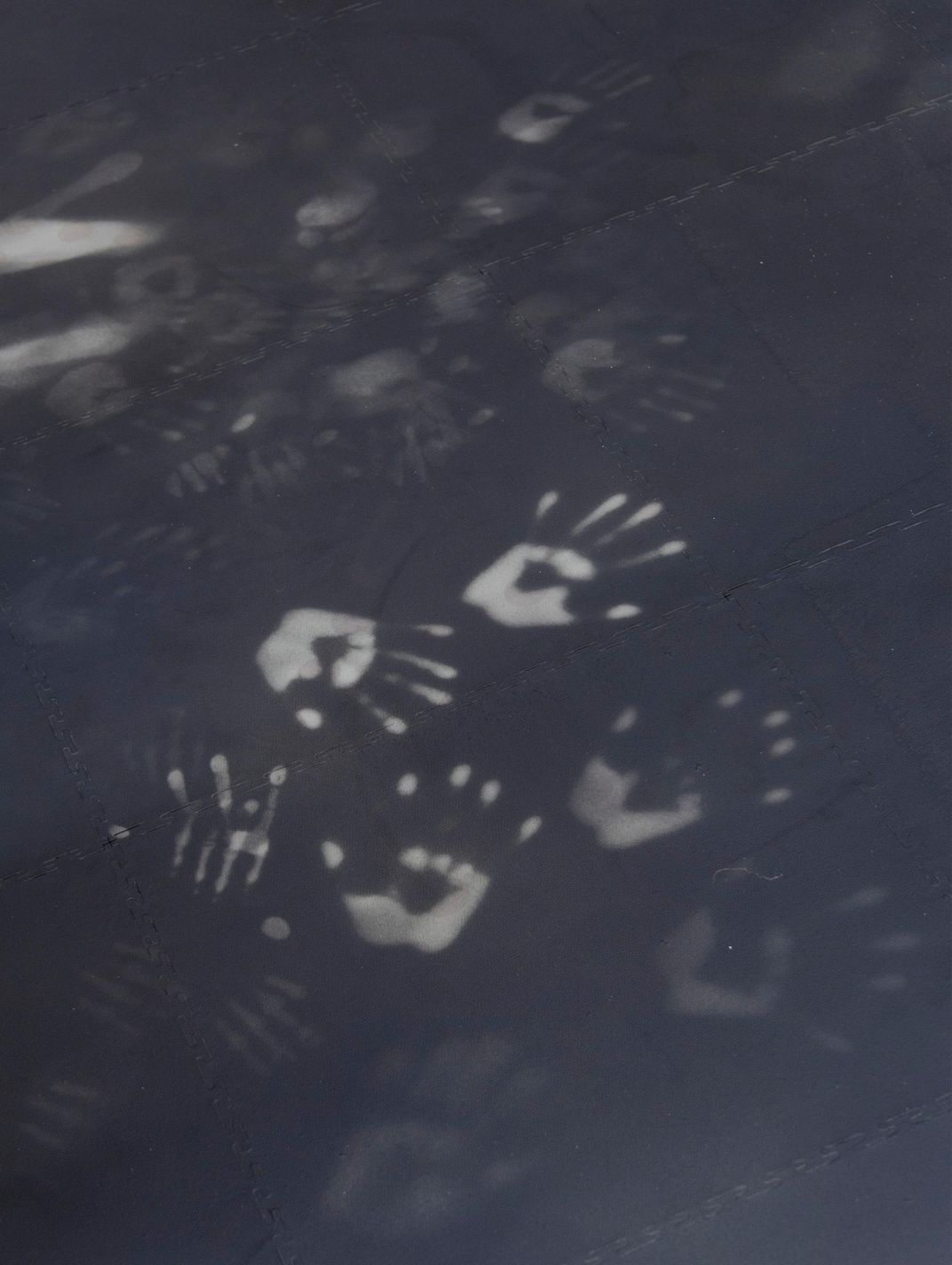This Art Exhibition Is Guaranteed to Make You Weep
Tania Bruguera’s new show at London’s Tate Modern includes a room spritzed with an organic compound to stimulate “forced empathy”
/https://tf-cmsv2-smithsonianmag-media.s3.amazonaws.com/filer/b1/bd/b1bd1dd5-68a2-42ae-a32d-d5c3e16e83f7/bruguera_press_014.jpg)
If you’re not naturally moved by a new exhibition at the Tate Modern’s Turbine Hall, Steven McIntosh at the BBC reports that the show will force you to cry.
No, really. A small room inside Cuban artist Tania Bruguera’s show is infused with an organic compound designed to make people cry.
Can you make someone to feel empathy through art? It’s the question that Bruguera seems to be asking throughout the exhibition, which focuses on the massive scale of migration around the world and the risks these individuals face. (The exhibition's title is the ever-increasing figure of the number of people who migrated from one country to another last year added to the number of migrant deaths recorded this year.)
Much of the show demands that the visitor physically interact with the art in some way. The space itself resonates with 40,000 watts of bass-heavy music by DJ Kode9, designed to create a sense of urgency and flux, writes Adrian Searle at The Guardian. To view the largest piece of the exhibition, a black floor that features the portrait of a Syrian refugee named Yusef, you must lie with others on heat-sensitive floor. Even Bruguera doesn’t know how many bodies are required to reveal the entire portrait, perhaps 150, 200 or more.
In an element most visitors will miss, Bruguera also convinced the directors of the Tate to rename the Boiler House on the museum campus for Natalie Bell, a neighborhood activist whose charity SE1 United helps support refugees, including Yusef, who is now studying to be a doctor in the U.K. The name change, which will last a year, is an artistic comment on the role of community and a counterpoint to the fact that the Tate renamed another building after a wealthy donor last year.

The crying room is the most explicit way the show attempts to engineer emotion. When visitors enter the room, their hands are stamped with the latest update to the title of the exhibition. Then, the tear-inducing compound goes to work. (Hettie Judah at iNews describes the chemical concentration as “not unpleasant – closer to strong menthol than cayenne pepper.”)
Catherine Wood, Tate's senior curator of international art, tells the BBC’s McIntosh that Bruguera sought to manufacture a “forced empathy” with the crying room. She says that the decision to make people actually cry in response to the news of the migrant crisis can be seen as a commentary on "the way people often do this sort of virtue-signaling of tragic content online” and can serve as “a sort of antidote to the social media consumption of news and to the tear emoji."
The Guardian’s Charlotte Higgins characterizes Bruguera’s body of work as arte útil or useful art. The artist, who has been creating art for more than three decades, sees art and activism as intimately linked. An outspoken critic of government censorship and a voice for social justice, Bruguera is known for performance and installation pieces that convey what people around the world suffering from oppression feel. In a 2009 art piece, created soon after the Cuban government announced a policy of more openness, she built a stage at an art show in Havana where she invited everyone to speak their mind for one minute, a work that flummoxed government attempts at censorship. In 2008, she had real mounted police officers employ crowd control techniques on visitors.
The line between art and activism, Bruguera tells Higgins is thin, and her latest exhibition is yet another attempt to further splice the two.